Her name is Kate Murtagh, a little-known comedic actress and unlikely focal point of one of rock’s most memorable album covers ever. One that’s, quite literally, iconic. Prominently visible in the foreground through an airplane window, Murtagh beams in the pose of the Statue of Liberty – her diner waitress nametag reads “Libby” – with a tall glass of orange juice held aloft in place of the Statue’s golden torch, and in the left hand where the real Lady Liberty cradles a tablet inscribed in Roman numerals with the date of American independence, Murtagh holds a menu designating the notable album’s name: Breakfast in America.
This was the sixth studio album by the English band Supertramp, containing a barely perceptible connection to their origins as a prog-rock group at the beginning of the ‘70’s. And despite having had perhaps their single most recognizable song appear on the previous release (‘Give A Little Bit’ from 1977’s Even in the Quietest Moments), Breakfast in America, which arrived with little fanfare exactly 45 years ago on March 29, 1979, is the masterpiece recording for which Supertramp will forever be known, a work not remotely approached by anything they’d created before or would record after.
I use the word masterpiece here not by accident, and without fear of overstatement; while it’s possible our collective memories may conscribe the album to be largely highly-processed pop fluff, Breakfast in America was indeed a Beatles-esque paragon of songcraft, something Stephen Holden in Rolling Stone called “the shrewdest possible balance between quasi-symphonic classicism and rock & roll.” And, not incidentally, it also just sounded incredible. From the slow fade-in of the opening track ‘Gone Hollywood’ through the quasi-bookended thematic closer ‘Child of Vision,’ each tune unfurls a flowing and robust mix – preeminently featuring the resonant Wurlitzer electric piano – as engineered to rapturous effect by British producer Peter Henderson.
The entire album is, in fact, a vigorous display of the yin and yang dynamics that propelled the two-headed leadership of Supertramp to eminence, however briefly: the drastically distinct yet somehow interconnectedness of co-founders Roger Hodgson and Rick Davies, whose musical backgrounds, inspirations, and aspirations were as different as the sounds of their alternating lead vocals (Hodgson’s uniquely nasal, high-pitched tenor in stark contrast to Davies’ raspy, off-center baritone). Four of the album’s tunes – ‘The Logical Song,’ ‘Goodbye Stranger,’ ‘Take The Long Way Home,’ and the title track – were all Billboard hit singles. But really, every one of the total of 10 is stupendous – melodically and, to a deceptive degree, lyrically as well. One of my deep-cut favorites upon a recent re-listen was the poignant and bluesy ‘Oh Darling’ (not to be confused with the Beatles own ‘Oh! Darling’ – note the exclamation point).
If that unforgettable front album photo has been figuratively relegated to deep storage in your collection – c’mon you know you own it – it’s an album eminently worth revisiting (preferably on good headphones). In my estimation, from start to finish, it is, in a word, perfect. When So Much Great Music compiled its Top 10 (and more) list of Perfect Albums not long ago, Supertramp’s Breakfast in America was, in retrospect, an unfortunate miss.
But back to that album cover image, and its unmistakable protagonist. Kate Murtagh started out in the ‘30’s in radio and performing on the vaudeville circuit, and had numerous somewhat less then notorious appearances in theater, television and film, including an illustrious turn as “Mom” alongside Dan Akroyd in 1983’s Doctor Detroit. She even had a small role in the classic Breakfast at Tiffany’s, meaning Murtagh was a “Breakfast of Champions” Wheaties box away from completing the breakfast pop culture trifecta.
Now, look behind Murtagh’s “Libby” to the background, the southern tip of New York City and the lower Manhattan skyline. If you’re like me, that’s all you ever took it to be. For decades and decades. But look closer and you’ll see that this symbolic American entry point is actually all, well…breakfast. Egg crates, coffee cups, a syrup bottle, salt and pepper shakers, ketchup and mustard containers, a sugar dispenser and creamer. All spray-painted white. A plate of food represents The Battery, the departure site for the Staten Island Ferry. Even the wharfs are made up of cutlery. All, amazingly, hidden in plain sight, until a closer inspection. The twin World Trade Center towers, too, appear as two stacks, perhaps of cereal boxes, and disturbingly once became the subject of a Masonic conspiracy theory allegedly foretelling 9/11 – over two decades in advance – through a mirror-imaging of the album artwork. It’s incredible, and quite sad, really, what people will sometimes allow themselves to believe.
What I forthrightly believe, though, is that Breakfast in America is a phenomenal pop music album, well more than history may give it credit. And its iconic album artwork, which won a 1980 Grammy award for Best Recording Package, is glorious at a glance, yet even more so upon a thorough examination. That must be the Supertramp English breakfast combo, as maybe only a goofy smiling Kate Murtagh could serve up.
(here’s one of the hits, which also closes with an under-the-radar awesome Frampton-ish guitar solo)
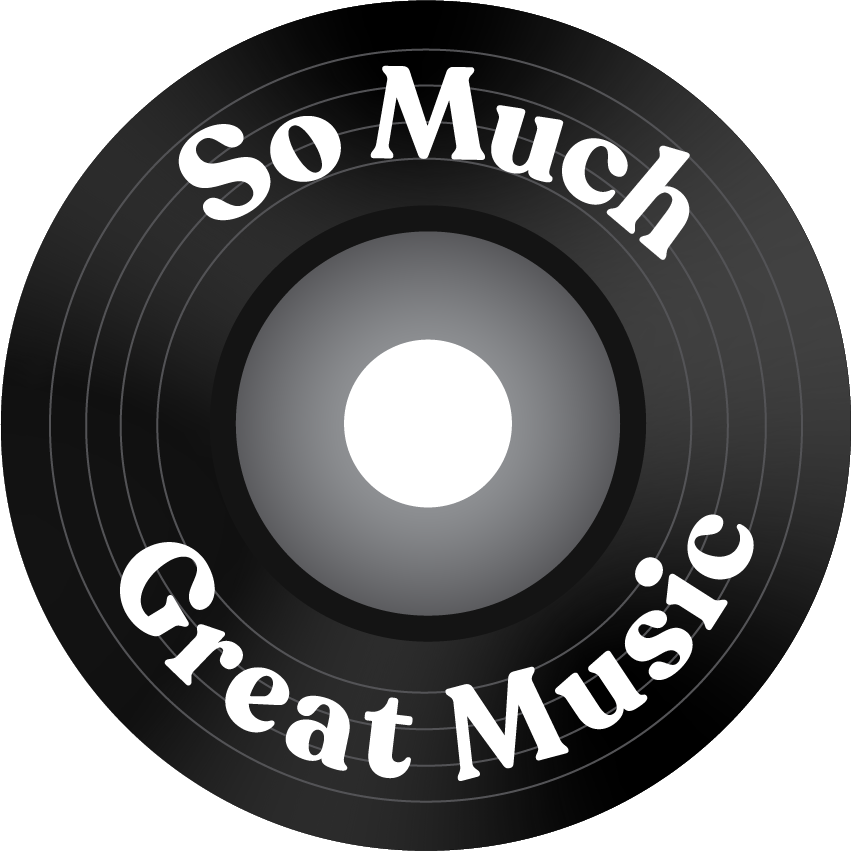

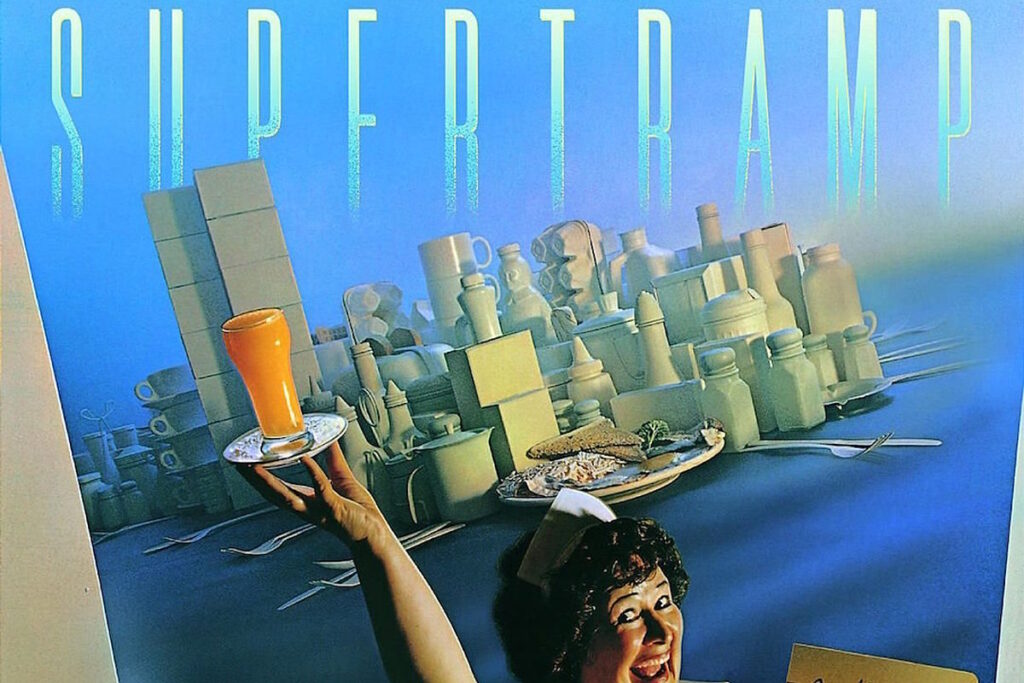
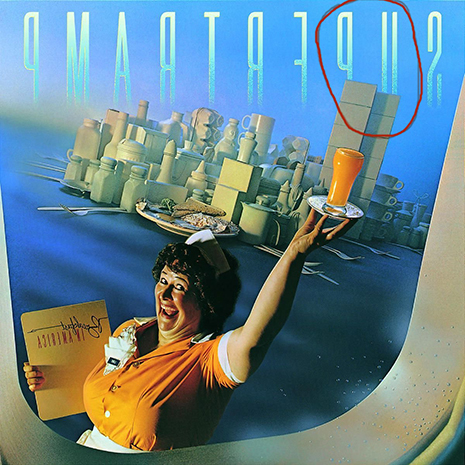


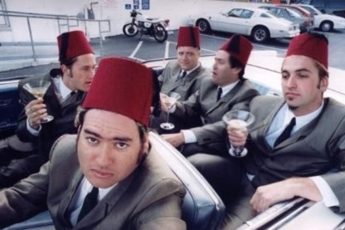
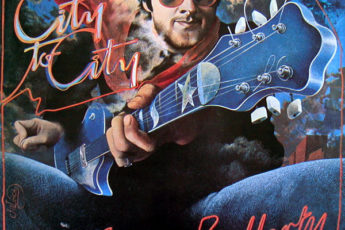
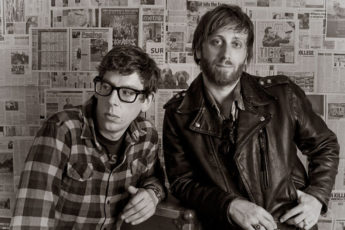
Leave a Comment